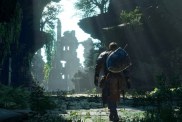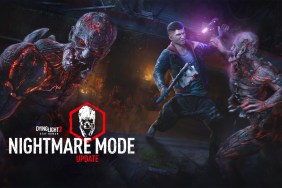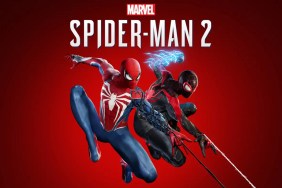We’re about a week removed from E3, and people can start looking a bit more critically at the games revealed – or not revealed – but even without the rose-colored glasses Techland’s announcement of Dying Light 2 still looks like one of the prettiest girls at the dance. At E3, Dying Light 2 received several best-in-show nominations from a wide variety of publications large and small, and the praise afterwards just keeps on coming.
Having played and loved the first Dying Light and its underplayed expansion The Following (not to mention the original, Techland-developed Dead Island, and Dead Island: Riptide), I expected to be one of the only ones with this opinion. Much to my delight, everyone else at the dance has eyes for Dying Light 2, as well; okay, I’ve let this metaphor run too long. The point is, it’s not just me telling everyone what a great game something in the Dying Light series is, and, given the generally unenthusiastic consensus around the first game, it’s about time.
A cliché’ plot and boring protagonist aside, Dying Light was everything you want in an open-world game and then some. It had enough happening in the environment to keep you busy, it had a bevy of extra content to keep you playing after you completed the story and side quests, and its inclusion of a truly revolutionary free running system made it so much more than “just another zombie game.”
Massive thanks to @ausgamers @HardcoreGamer @TechRaptr and @worthplaying for the lovely new additions to our wall. We’re honoured!#DyingLight2 #E32018 pic.twitter.com/fjeE2Zo8a6
— Dying Light (@DyingLightGame) June 14, 2018
Lukewarm Reception
Not to go all “fake news” on you, but you wouldn’t know it from reading reviews or reading features on your favorite gaming website (which should be PlayStation LifeStyle). It seems many reviewers didn’t take enough time with the game and reviewed it more poorly than it deserved, and those who liked the game quickly stopped talking about it.
The developers at Techland were keenly aware of this low-enthusiasm surrounding Dying Light. In an interview with Polygon, lead designer on Dying Light 2 Tymon Smektala said, “We were outsiders from somewhere in Europe and we had zombies in our game. So, everyone was thinking, ‘Okay, so this is perhaps a small game from a small studio with zombies in it. Nothing special.’”
Smektala’s theory is backed up by reviews of the game – and not just the scores, but the frequency. The PS4 version of Dying Light is sitting yellow at a 74 on Metacritic, based on 58 reviews, a respectable, if middling number of reviews and an overall disappointing score. For the expansion, Dying Light: The Following, its relative popularity amongst the gaming press showed. The PS4 version of The Following was only reviewed 24 times on Metacritic.
Innovating in Dying Light and Dying Light 2
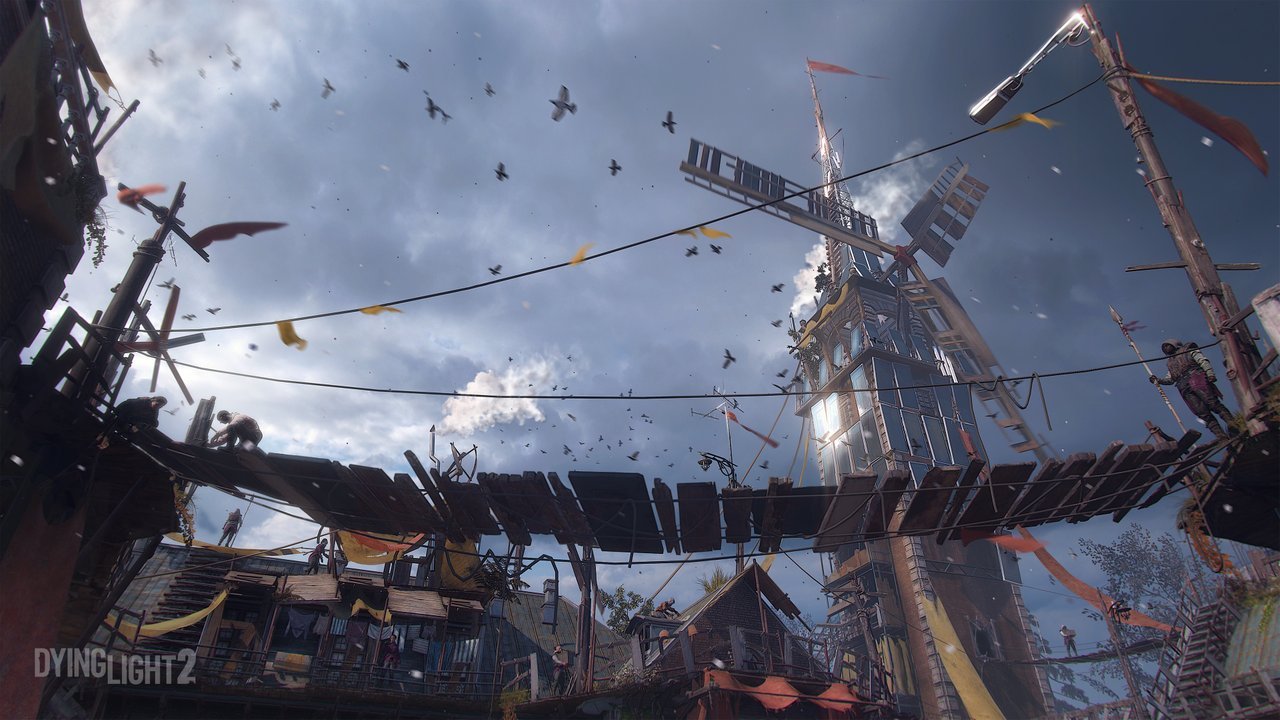
But, I can still see someone asking the question, “why should I care about another zombie game?” And that’s a fair question to ask if you haven’t played Dying Light. Action games with zombies are quickly becoming dime-a-dozen, with a game like Days Gone already picking up heat for not distinguishing itself well enough. But, what people really want is innovation. The best games innovate.
Take for example the game to which everyone is comparing Days Gone. The Last of Us is also an action game with zombies, but it innovated. In order to create smooth, realistic combat animations, Naughty Dog had to build a new system from the ground up that interacted with environments and was dependent on the relative position of Joel’s and his enemies and of Joel’s fists with his enemies faces. It was a revolution on that kind of hand-to-hand melee combat that made it feel real and made it stick out among other third-person, action adventure zombie games.
Then you have Dying Light. Yeah, it’s an open-world game with zombies, and sure it has first-person free running, but we had already seen that sort of thing in Mirror’s Edge so it’s pretty easy to dismiss as derivative. But, when you look at exactly how it implements free-running, a new picture emerges. Mirror’s Edge relies on a “hook” system, where certain pieces of an environment are treated like “hooks” onto which a player can grab to climb or jump. Dying Light wanted to be more than that, so it innovated, creating a brand new system from the ground up.
Continuing to Innovate
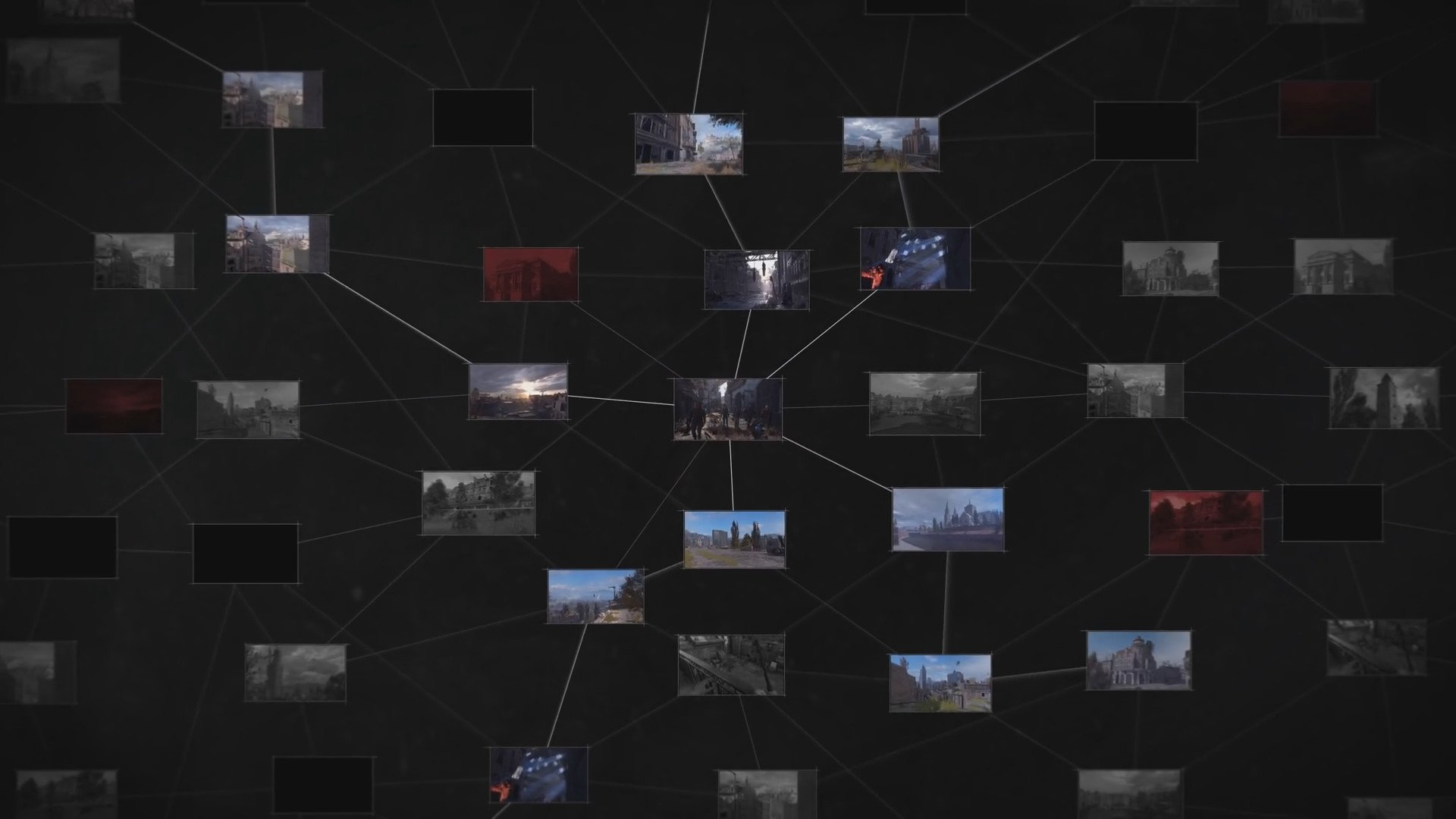
In an interview with MCV, lead designer of Dying Light Maciej Binkowski said “our senior game programmer sat down on his own and prototyped a system that analyses the environment in front of you in real-time and, based on certain geometric conditions, decides if you can climb the object. If the conditions are met, then the climb animation is triggered. This was probably the biggest turning point for our entire development.”
The result is a truly innovative free-running system that doesn’t feel constrained by hooks, as did other games that tried to implement free-running (Assassin’s Creed is also worth a mention). And, if the best games innovate, the best game series continue to innovate. The Last of Us Part II is adding a bevy of new features and tweaking its enemy AI in new ways. Meanwhile Dying Light 2 is adding a choice-based game feature. While neither of these are completely original, they show that neither game is content with resting on its laurels and producing a similar, if not identical product. They want to grow, change and improve, and that’s ultimately what makes them stand out, and that’s what appears to be making Dying Light 2 stand out this time around. And this doesn’t even begin to discuss the radical innovation of adding the vehicle system in Dying Light: The Following.
But, if you’re thinking “finally Dying Light 2 is doing something new for a change,” well, you just haven’t been paying attention.



